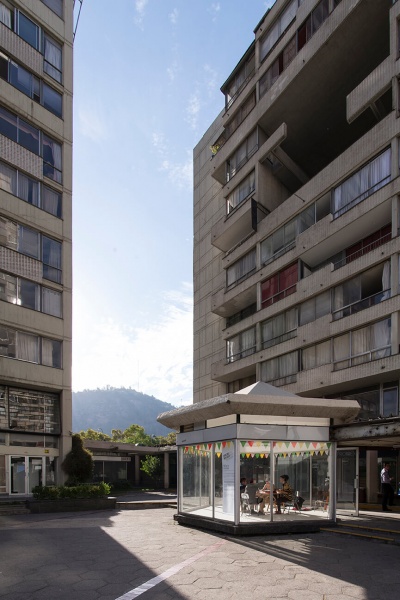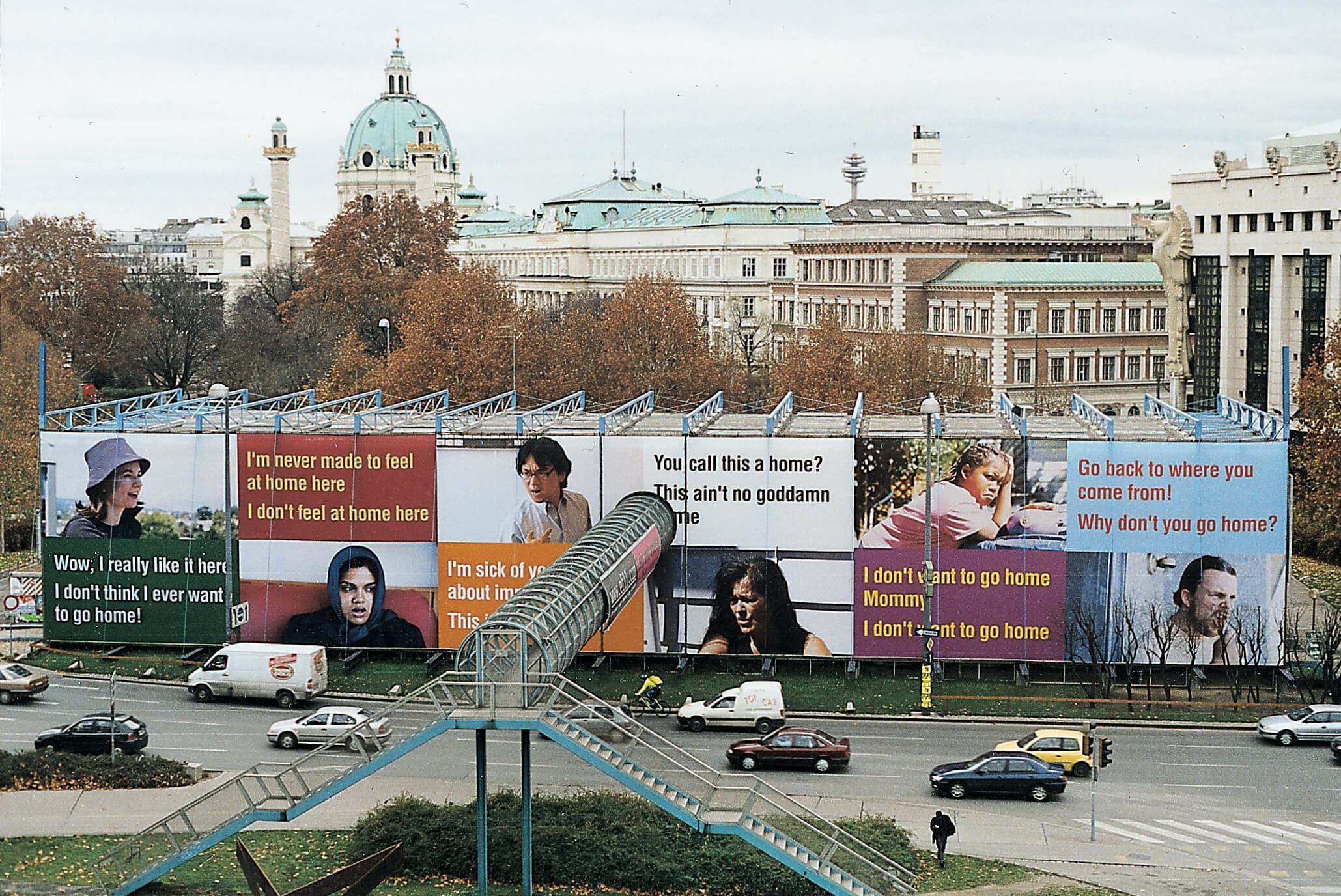Artist: Ken Lum
Ken Lum is an artist born Vancouver, Canada. He presently resides in Haverford, Pennsylvania and is a Professor in the School of Design, University of Pennsylvania. From 2000 to 2006 Ken Lum was head of the graduate program in studio art at the University of British Columbia, Vancouver. Lum joined the faculty of Bard College, Annandale-on-Hudson, in 2005 and worked there until 2007. He has been invited Professor at the Akademie der Bildenden Kunst, Munich; California College of the Arts, San Francisco; the Ecole National d’Arts Plastiques, Fort de France, Martinique; the Rijksakademie, Amsterdam; the Maine College of Art, Portland, Maine; and the China Art Academy, Hangzhou. He has published extensively including giving keynote addresses to the World Museums Conference in Shanghai in 2010, the Sydney Biennale in 2006 and the Universities Art Association of Canada in 1997. In 2008, Lum completed an artist’s book project with philosopher Hubert Damisch that was published by Three Star Press of Paris. He was co-curator of the 7th Sharjah Biennial (2005), and Shanghai Modern: 1919-1945 (2005). Lum has exhibited widely, including Sao Paulo Bienal (1998), Shanghai Biennale (2000), Documenta 11 (2002), Liverpool Biennial (2006), Istanbul Biennial (2007), Gwangju Biennale (2008), Moscow Biennial (2011) and the Whitney Biennial (2014). Lum is also active in public art, realizing permanent works in Vienna, St. Moritz, Edmonton, Vancouver, St Louis, Leiden, Rotterdam, Toronto, and Utrecht. He has forthcoming exhibitions at BASE Florence (Italy), Galerie Draxler Nagel, Berlin and Marc Jancou Gallery, New York.
Artwork: Pioneros de Tajamar
Tajamar Pioneers borrows part of its title from Russian Constructivist photographer Alexander Rodchenko’s Young Pioneers. It also owes much to Skype. In thinking of a proposal for this cultural rich and complicated Tajamar Towers site and a place I have never visited, I was given a tour by Skype. In speaking to Enrique Rivera and meeting other people in my Skype tour, the camera on their phone or computer was often pointed upwards to include their visages with the architecture behind them. It dawned on me the resemblance to Rodchenko’s Young Pioneers portraits. Rodchenko technique of extreme foreshortening and shooting on the diagonal was saturated with ideas of a better future based on new ways of being. As with any dialectic, new ways of being can only ensue upon a critique of its opposite, the old ways of being, and the pain of historical memory, especially hidden histories and suppressed memories. I thought of the Tajamar Towers as a kind of repository for a diverse community of hopes and aspirations but also despair and tribulations. The idea was for the depicted faces to wear their histories while the texts act as assertions of being demanding acknowledgement.
Place: The Tajamar Towers
Address: Providencia 1082
Type of Protection: Architectural Heritage of Chile
The Tajamar Towers is a complex of buildings located in the Providencia district in the city of Santiago and a fundamental part of the architectural heritage of the country. The complex was inaugurated in 1967 and has a residential use, although on its ground level there are business venues.
The project was extremely avant-garde and dealt with a real estate transition that was very important for the development of the Providencia community, where, due to the price of the land, architects were forced to build all homes and businesses divided into typologies of towers. The complex sought to be the gateway to the eastern sector of the city, integrating itself harmoniously with Parque Balmaceda and the Mapocho River.
The complex was designed by Luis Prieto Vial, and developed by the architectural firm of B.V.C.H (Carlos Bresciani, Héctor Valdés, Fernando Castillo, Carlos Huidobro), who were also the creators of works such as Unidad Vecinal Portales and the Arica Casino. Three of the four architects were awarded the National Prize of Architecture: Bresciani in 1970, Valdes in 1976, and Castle in 1983.


